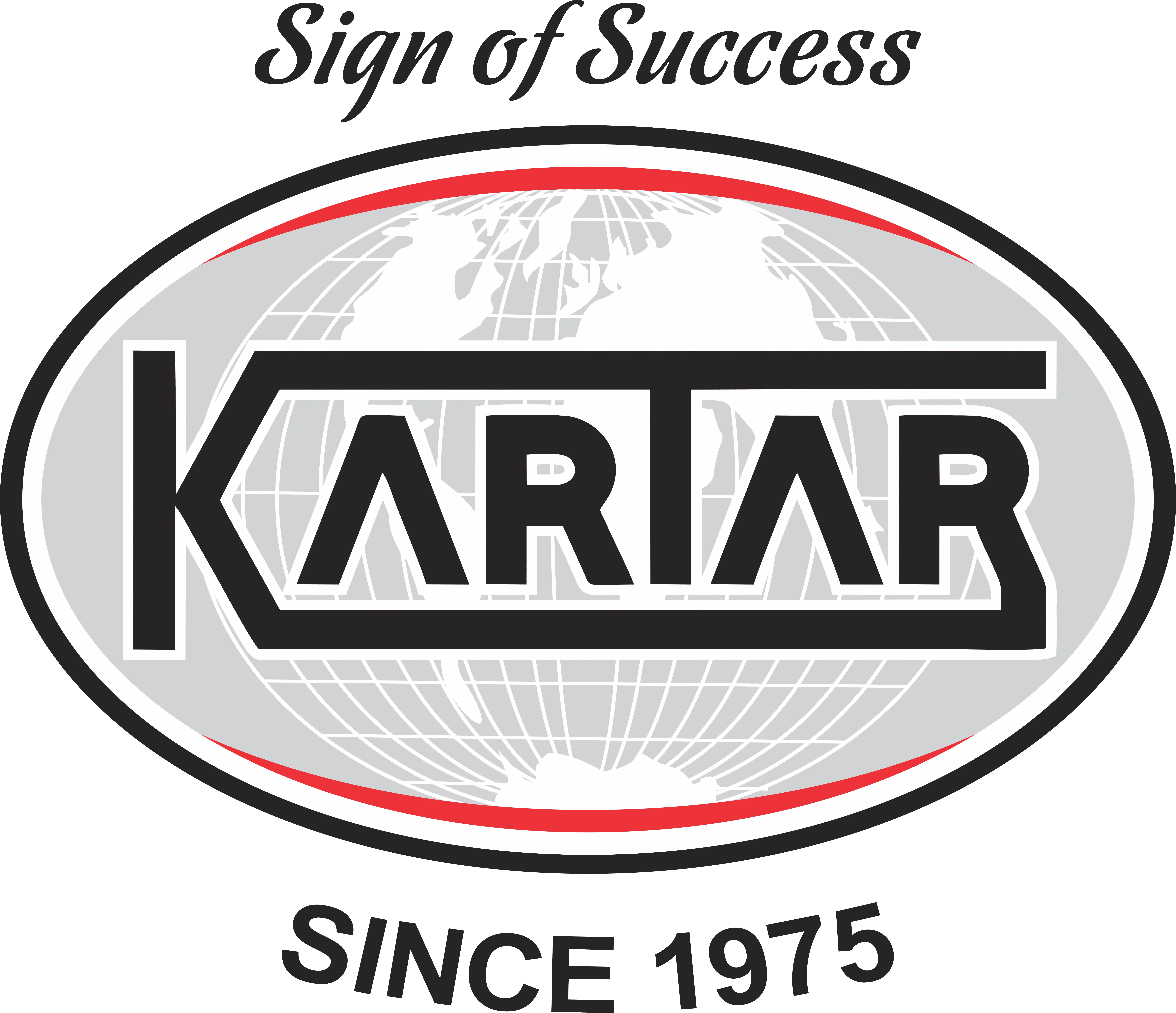The global population and food demand have been growing at a rate that has never been experienced before while shrinking arable land and growing environmental concerns make conditions much tougher to meet for farmers. Precision farming or precision agriculture has thus come as a technological revolution that takes farming to highly efficient sustainable levels through the incorporation of up-to-date technology and knowledge of data and analysis insights.
Understanding Precision Farming
Precision farming utilizes technology for the purpose of viewing, measuring, and analyzing variability inside an agricultural field. It, therefore, aims to optimize crop and resource use productivity so that the farmer can make planting, irrigation, fertilization, and harvesting decisions with more precision.
The main bases of precision farming are GPS systems, sensors, drones, satellite imagery, and data analytics. The combination of all these tools manages to gather real-time information about soil health, crop condition, weather patterns, and even more. All this information assists farmers in fine-tuning their operations so that every possible input is used as efficiently as possible.
For instance, precision farming would determine where more or fewer fertilizers are needed instead of using the same amount of fertilizer throughout a field. It not only saves resources but also reduces environmental impact.
Essential Technologies Behind Precision Farming
High-precision farming success relies on the implementation of sophisticated technologies, and the most influential tools include:
Global Positioning System (GPS)
GPS technology allows for the exact mapping and navigation of fields; a tractor or any other machine so equipped can work alone, ensuring the uniformity of their planting and harvesting patterns.
IoT Sensors
The monitoring of soil moisture, temperature, nutrient levels, and crop growth constitute the IoT devices. The data will be provided in real-time and can be accessed on a remote desk by farmers to act appropriately.
Drones and Satellite Imagery
Drones and satellites provide field aerial views and detect problem areas such as pest infestations or water stress in fields. Images can then be analyzed to apply targeted solutions.
Data Analytics and AI
Artificial intelligence and machine learning algorithms process vast amounts of data collected from the field, providing insights to predict crop yields, identify anomalies, and optimize their farming strategies.
Advantages of Precision Farming
Precision farming will have great benefits in farming, addressing the economic and environmental challenges:
More Productivity
Precision farming is giving crops exactly what they need, and it increases the yields since more food can be produced on the same amount of land to satisfy the increasing demand for agricultural products.
Cost-cutting measures
Precision farming reduces input costs because of optimizing the use of inputs such as water, fertilizers, and pesticides. Inputs are not uniformly applied, hence saving them so much.
Environmental Sustainability
Precision farming reduces the environmental footprint of agriculture. Targeted application of inputs reduces runoff that may find its way into water bodies and destroy ecosystems. It further encourages sustainable soil management to prevent the overuse of chemicals.
Better Decisions
Such access enables farmers to make better-informed decisions. Whether they are to irrigate or to harvest a crop optimally, precision farming obviates guesswork.
Factors hindering precision farming development include
While the benefits are many, precision farming faces several challenges toward widespread adoption.
Technical Skills
Precision farming is a system that demands some technical knowledge for usage and interpretation. Farmers may need to train to fully use and maximize these technologies.
Data Integration Issues
Collecting and analyzing data from multiple sources is pretty complex. It becomes challenging to ensure that every tool and system works well together.
Infrastructure Backlogs
Precision farming requires excellent internet connectivity and a good power supply, which is usually lacking in distant areas.
The Role of Kartar Combine
We enable access to precision farming. We bridge the old traditional farmer and the modern technology by developing user-friendly, affordable machinery that can be equipped with precision farming capabilities.
Kartar Combine provides high-end harvesters that include GPS navigation, IoT sensors, and real-time data analytics. This will help farmers use precision farming without necessarily having to know the technical know-how. The company trains them and provides after-sales services to ensure that the full potential of the investment is achieved.
Future Outlook in Precision Farming
With advancements in technology, there has been a new wave of precision farming opportunities. Some of these developments that have been made are
- Autonomous Machine: Autonomous tractors and harvesters will become more common, thus eliminating even more manual labor for the farmer.
- AI-Driven Insights: This implies that the use of artificial intelligence in analyzing data will be much higher. For instance, AI could predict the outbreak of pest and suggest ways of preventing it.
- Blockchain: Blockchain technology tracks and verifies the journey of agricultural products from the farm to the table and lends transparency and quality assurance.
With ease of use and cost, the technology is expected to be adopted by more farmers, especially small-scale farmers. Precision farming is, in fact the future of agriculture: sustainable food production, efficient, and data-driven. It addresses some of the most urgent modern agricultural issues through optimizations in resource use and reductions in the environmental footprint. Advances in adoption of the challenges ahead, companies such as Kartar Combine are breaking barriers through innovation and accessibility. As technology takes another step forward, precision farming will be a major mover and shaker in feeding the world population and saving the planet.

